Corn down 2-9 cents
Soybeans down 2-11 cents; Soymeal up $5.70/ton; Soyoil down $0.40/lb
Chicago wheat down 24-27 cents; Kansas City wheat down 22-25 cents; Minneapolis wheat down 14-17 cents
*Prices as of 6:55am CST.
Corn
Corn prices fell $0.02-$0.09/bushel overnight on optimism that diplomatic negotiations between Russia and Ukraine overnight would move towards a potential ceasefire in Ukraine. Nearby prices hovered between the $7.45-$7.53/bushel benchmark.
Spain approved a measure overnight which would allow it to purchase emergency supplies of corn from the U.S. and Argentina for animal feed. Spain typically sources its corn feed stocks from Ukraine, though the war has left supply gaps, according to Spanish Agriculture Minister Luis Planas.
European Union countries typically do not purchase U.S. corn for freight and quality reasons. However, Planas did not foresee any obstacles to allowing U.S. feed corn to be imported into Spain.
Soybeans
Soybean futures edged lower on diplomatic progress between Russia and Ukraine, shedding $0.02-$0.05/bushel despite Argentina’s ban on soymeal and soyoil exports announced yesterday. Soymeal futures prices traded at a premium on the news.
Argentina banned soyoil and soymeal exports yesterday. The world’s largest processed soy product exporter will no longer allow traders to register for export licenses for the soy products as surging commodity prices have inflated domestic food prices.
According to a Reuters report, “The move stops sales and exports of the 2021/22 crop, but physical shipments have not started because no harvesting has taken place.” Argentina’s soybean harvest will begin over the next couple weeks.
Soymeal futures in Chicago surged last night and this morning on the news. But soybean prices have tumbled since then on weak Asian markets overnight and as energy prices have sunk on reinvigorated diplomacy efforts to halt the Russian war against Ukraine.
Wheat
The sheer optimism that a potential ceasefire could be bartered between Russia and Ukraine sent U.S. wheat futures tumbling overnight. Russia continued its brutal attack on Ukraine’s civilians and infrastructure over the weekend, much to the horror of the rest of the world.
U.S. wheat futures edged $0.14-$0.30/bushel lower over the weekend, back below the $11/bushel benchmark.
“Wheat was overbought. As discussion between Russia and Ukraine are progressing, the market is re-evaluating future price scenarios,” a Mumbai-based dealer with a global trading firm told Reuters overnight.
Even amid Western sanctions and ongoing war activity in the Black Sea, Russia is “gradually resuming” export activity in the Black Sea. “Exports are ongoing from all the five Black Sea (grain export) terminals,” Russian agriculture consultancy IKAR said in an overnight memo.
Another Russian consultancy, Sovecon, noted that Russian Black Sea export terminals had shipped 14.7 million bushels of wheat to international customers last week. “Full navigation in the Azov Sea is still closed but some vessels are starting to pass through the Kerch Strait (to the Black Sea),” Sovecon said.
Sovecon noted that Russian wheat farmers are beginning to refuse previously signed contracts as global wheat prices have soared amid the Black Sea conflict. In hopes of receiving the higher market prices amid the strong demand environment, the Russian farmers are trying to renegotiate these contracts in hopes of greater profits.
Russian winter wheat crops will be at risk of winter kill this week as a cold snap is expected to settle in across several of Russia’s top wheat-growing regions. Snow cover remains thick enough to prevent significant damage, Sovecon notes.
One question I’ve been hearing a lot lately is “Will the world run out of wheat supplies? And if so, when?”
It’s no secret anymore that Russia and Ukraine combine for 29% of the world’s wheat exports so sanctions against Russia and collapse Ukrainian wartime shipping schedules have caused significant turmoil in global wheat markets, among others.
But in my latest E-corn-omics column, I use data from USDA’s latest World Agricultural Supply and Demand Estimates (WASDE) report to calculate just how much wheat is on the world market, how which countries are at risk of potential shortages, global trade flows are aligning, last week’s price action, and what farmers should consider going forward.
Spoiler alert – the world is NOT running out of wheat at the moment. Global trade flows are shifting to India and Australia in the short run and not to the U.S. because our prices are not competitive currently even though we are in good shape supply-wise. Trade flows may continue realigning as the Northern Hemisphere harvest begins.
Inputs, Ukraine & China
Ukraine announced overnight it would suspend its fertilizer exports in an effort to allow farmers to plant 2022 grain and oilseed crops as Russian military attacks on the country and its infrastructure continue.
“The cabinet of ministers is introducing a zero quota for the export of mineral fertilisers that is a de facto ban on the export of fertilisers from Ukraine,” Ukraine’s agriculture ministry said in a statement released on Saturday.
Ukraine’s planting season mirrors that of the U.S. Planting activity typically begins in late February to early March, with farmers in safe regions beginning sowing activities as soon as possible. Ukrainian president Volodymyr Zelenskiy told the country’s farmers on Friday that they must plant as much acreage as possible this year despite Russia’s ongoing military invasion across the country.
Ukraine’s farmers’ union expects that Ukrainian growers will likely reduce sunflower, rapeseed, and corn acreage this year in favor of buckwheat, oats, and millet.
China will release over 3 million metric tonnes (MMT) of state reserves of fertilizer, according to a state demand planner. The move is seen as an effort to keep fertilizers readily available as spring planting begins and to ensure affordable input prices in the government’s ongoing effort to stimulate yields.
Last year, China banned phosphate and urea exports until June 2022 to ensure domestic supply availability through the 2022 planting season. China is one of the world’s top exporters of phosphate, so the move sent global prices soaring and buyers scrambling.
While no formal decree has been issued on the matter since the onset of the Black Sea conflict, it seems likely China will continue to restrict access to its fertilizer supplies for the remainder of the year.
China will plant more soybean acreage this spring as global stocks wane and prices remain high. Last week, China also committed to providing additional financial support to wheat growers as its winter wheat crop is rated in dire condition after a wet planting season delayed and even prevented some plantings last fall.
Weather
Spring weather is back in the Heartland, according to NOAA’s short-range forecasts. Mostly clear skies are forecast across the Midwest and Plains today, though the Great Lakes region could see a chance of wintry precipitation mix. The eastern Southern Plains and Lower Mississippi River Valley will see a chance of severe thunderstorms today as well.
Financials
Stock futures ticked up with the S&P 500 posting a 12-point (0.29%) gain to $4,204.50 at last glance as diplomatic talks between Russia and Ukraine stoked hopes for a potential ceasefire.
Also worth a read on our website, FarmFutures.com
Corn continues to benefit from bullish fundamentals. Naomi Blohm has the latest insights in a recent Ag Marketing IQ column.
Our team’s coverage of the March 2022 WASDE report from USDA.
Crop budgets have shifted significantly over the past few weeks. Here is your guide to calculating the most accurate budget for your farm.
Bryce Knorr points out that fertilizer decisions – especially for nitrogen – will factor heavily into 2022 acreage.
Three European fertilizer producers, Yara, Hungarian-based Nitrogenmuvex, and Borealis, are cutting fertilizer production due to surging natural gas prices and limited supplies. That will likely add to growing risks of rising global food inflation.
Morning Ag Commodity Prices – 3/14/2022
Contract
Units
High
Low
Last
Net Change
% Change
MAR ’22 CORN
$ / BSH
7.45
7.45
7.45
-0.195
-2.55%
MAY ’22 CORN
$ / BSH
7.675
7.465
7.5325
-0.0925
-1.21%
JUL ’22 CORN
$ / BSH
7.33
7.16
7.21
-0.0775
-1.06%
SEP ’22 CORN
$ / BSH
6.795
6.6675
6.705
-0.065
-0.96%
DEC ’22 CORN
$ / BSH
6.58
6.495
6.52
-0.0325
-0.50%
MAR ’23 CORN
$ / BSH
6.555
6.4825
6.505
-0.0225
-0.34%
MAY ’23 CORN
$ / BSH
6.5275
6.465
6.4775
-0.0225
-0.35%
MAR ’22 SOYBEANS
$ / BSH
17.1
17.05
17.05
0.1425
0.84%
MAY ’22 SOYBEANS
$ / BSH
16.9775
16.67
16.7625
0.0025
0.01%
JUL ’22 SOYBEANS
$ / BSH
16.7
16.41
16.5025
-0.01
-0.06%
AUG ’22 SOYBEANS
$ / BSH
16.265
16.0075
16.0825
-0.02
-0.12%
SEP ’22 SOYBEANS
$ / BSH
15.5075
15.23
15.3375
-0.0025
-0.02%
NOV ’22 SOYBEANS
$ / BSH
15.045
14.775
14.865
-0.045
-0.30%
JAN ’23 SOYBEANS
$ / BSH
14.8775
14.64
14.725
-0.025
-0.17%
MAR ’23 SOYBEANS
$ / BSH
14.3775
14.17
14.2075
-0.105
-0.73%
MAY ’23 SOYBEANS
$ / BSH
14.21
14.065
14.065
-0.0925
-0.65%
MAR ’22 SOYBEAN OIL
$ / LB
81.78
81.78
81.78
-0.4
-0.49%
MAY ’22 SOYBEAN OIL
$ / LB
77.22
74.53
74.67
-1.36
-1.79%
MAR ’22 SOY MEAL
$ / TON
0
#N/A
493.1
0
0.00%
MAY ’22 SOY MEAL
$ / TON
491.6
480.3
484.1
7
1.47%
JUL ’22 SOY MEAL
$ / TON
477.3
467.4
471.6
7
1.51%
AUG ’22 SOY MEAL
$ / TON
463.3
455.4
457.7
4.6
1.02%
SEP ’22 SOY MEAL
$ / TON
450.4
443.7
445.2
3.2
0.72%
MAR ’22 Chicago SRW
$ / BSH
0
#N/A
10.9
0
0.00%
MAY ’22 Chicago SRW
$ / BSH
11.3225
10.685
10.82
-0.245
-2.21%
JUL ’22 Chicago SRW
$ / BSH
11
10.43
10.555
-0.2175
-2.02%
SEP ’22 Chicago SRW
$ / BSH
10.625
10.1
10.2175
-0.2275
-2.18%
DEC ’22 Chicago SRW
$ / BSH
10.2975
9.79
9.925
-0.215
-2.12%
MAR ’22 Kansas City HRW
$ / BSH
0
#N/A
10.7575
0
0.00%
MAY ’22 Kansas City HRW
$ / BSH
11.1675
10.565
10.6825
-0.21
-1.93%
JUL ’22 Kansas City HRW
$ / BSH
11.08
10.495
10.6375
-0.1725
-1.60%
SEP ’22 Kansas City HRW
$ / BSH
10.9
10.4125
10.4975
-0.1925
-1.80%
DEC ’22 Kansas City HRW
$ / BSH
10.86
10.3625
10.4725
-0.14
-1.32%
MAR ’22 MLPS Spring Wheat
$ / BSH
0
#N/A
10.9925
0
0.00%
MAY ’22 MLPS Spring Wheat
$ / BSH
10.8575
10.46
10.5325
-0.17
-1.59%
JUL ’22 MLPS Spring Wheat
$ / BSH
10.69
10.3225
10.3325
-0.2
-1.90%
SEP ’22 MLPS Spring Wheat
$ / BSH
10.495
10.15
10.1525
-0.1925
-1.86%
DEC ’22 MLPS Spring Wheat
$ / BSH
10.4
10.11
10.1125
-0.205
-1.99%
MAR ’21 ICE Dollar Index
$
99.255
98.74
98.855
-0.275
-0.28%
AP ’21 Light Crude
$ / BBL
109.72
102.46
103.53
-5.8
-5.31%
MA ’21 Light Crude
$ / BBL
106.65
100.46
101.4
-4.9
-4.61%
APR ’22 ULS Diesel
$ /U GAL
3.4404
3.2985
3.3151
-0.1025
-3.00%
MAY ’22 ULS Diesel
$ /U GAL
3.3081
3.18
3.1927
-0.1004
-3.05%
APR ’22 Gasoline
$ /U GAL
3.325
3.1829
3.1928
-0.1193
-3.60%
MAY ’22 Gasoline
$ /U GAL
3.2961
3.1509
3.1693
-0.1107
-3.38%
MAR ’22 Feeder Cattle
$ / CWT
0
#N/A
153.275
0
0.00%
APR ’22 Feeder Cattle
$ / CWT
0
#N/A
157.975
0
0.00%
AP ’21 Live Cattle
$ / CWT
0
#N/A
137.3
0
0.00%
JU ’21 Live Cattle
$ / CWT
0
#N/A
132.95
0
0.00%
APR ’22 Live Hogs
$ / CWT
0
#N/A
102.725
0
0.00%
MAY ’22 Live Hogs
$ / CWT
0
#N/A
110.15
0
0.00%
MAR ’22 Class III Milk
$ / CWT
22.36
#N/A
22.35
0
0.00%
APR ’22 Class III Milk
$ / CWT
24.24
23.83
24.2
0.38
1.60%
MAY ’22 Class III Milk
$ / CWT
24.41
24.2
24.33
0.33
1.38%
Get our top content delivered right to your inbox. Subscribe to our morning and afternoon newsletters!
Morning report: Soy follows lower with losses capped by Argentine soymeal export ban. (Comments are updated by 7:30 a.m. Central Time.)




